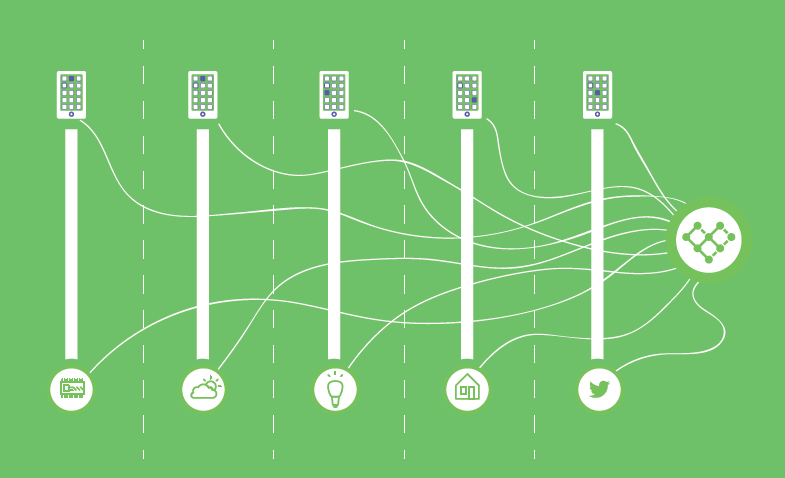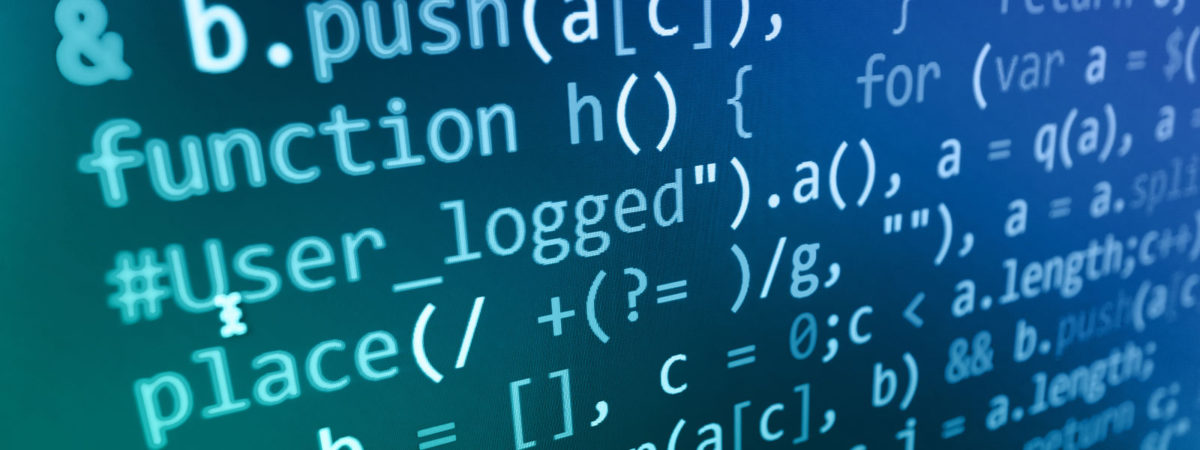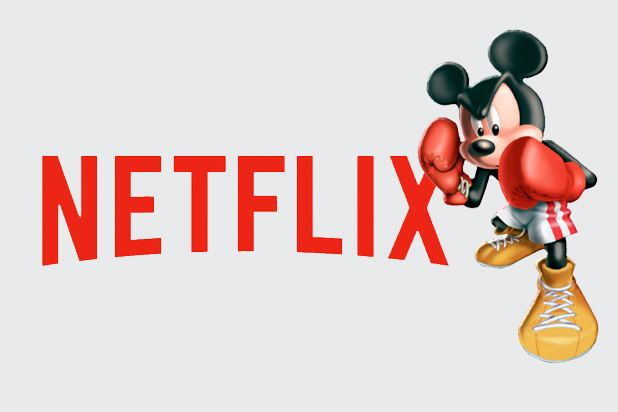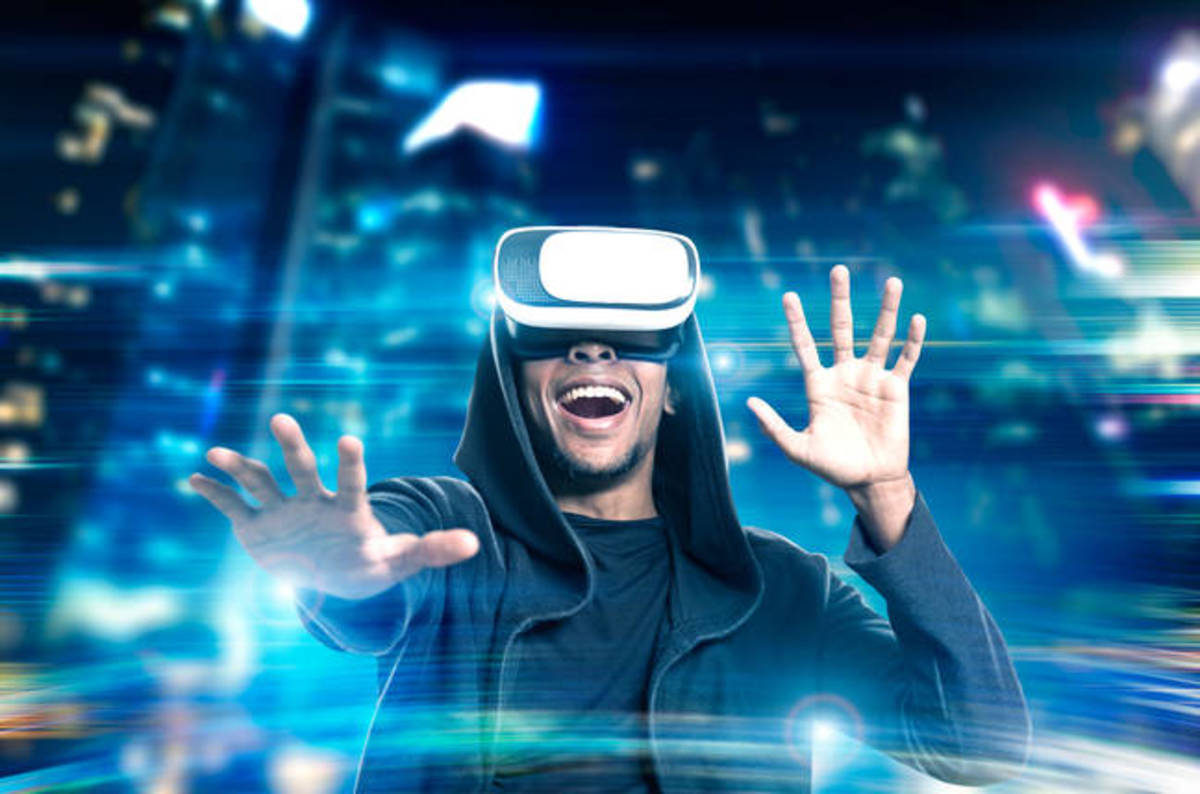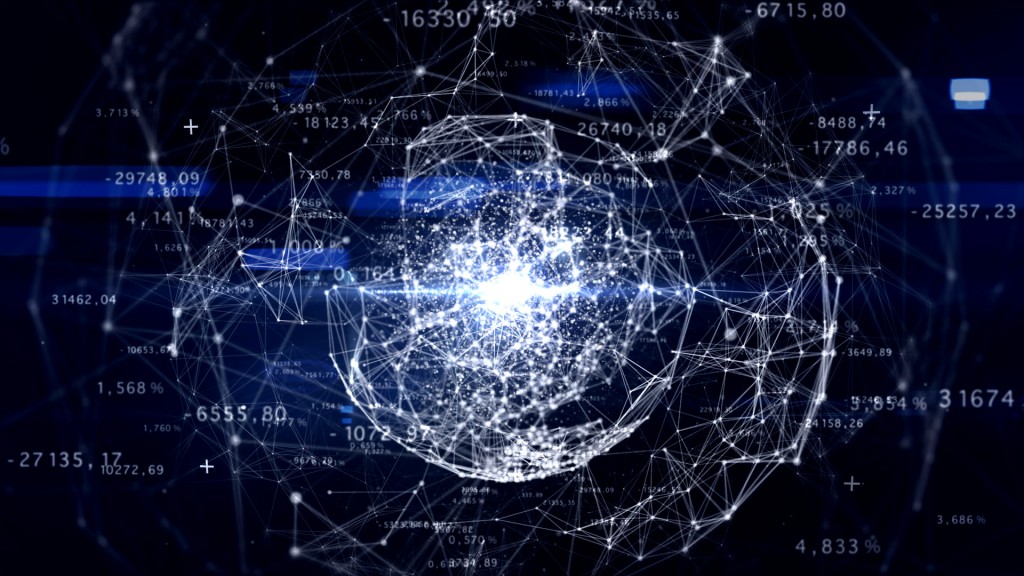Data analytics, blockchain, machine intelligence and other tech trends will shape
many industries’ landscapes in the next two years. However, looking a bit further at
the horizon, we can identify new emerging technologies that are expecting to make
an impact in five years or even less.
The first emerging technologie is nano-engineered materials. Nano-manufacturing is
a set of technologies and techniques that enables making things at the size range of
molecules. Drivers for nano-engineered materials are the ever-continuing needs for
smaller semiconductors (Moore’s law). A second driver is the need for machines to be
able to copy the processes within our bodies at molecular level e.g. manufacture body
tissues that can be used as drugs or use nano-bots to directly treat diseases. The third
driver is the demand for nanostructures on surfaces.
The second emerging technology is synthetic biology. Biotechnology is very broadly
defined as any technological application that uses biological systems, living
organisms, or derivatives thereof to make or modify specific products or processes for
specific use. Synthetic biology is an area of biotechnology that uses technology for
gene editing and repair: a code is added to the cell to make it respond different to
signals in a manner that the cell will accept. An example could be editing the cells of
algae to make them produce alcohol for fuel. The implications of synthetic biology
reach beyond science: it could impact business models mainly in healthcare and
pharma industries. Genetic diseases can be cured with gene editing and medicines
will no longer be needed. Currently, much controversy exists with regards to
biotechnology.
A third emerging technology is quantum optimization. Quantum technology can be
defined as engineering that exploits properties of quantum mechanics into practical
applications in computing, sensors, cryptography, and simulation. Quantum
mechanics is the field of physics that deals with the smallest particles that exists e.g.
electrons, protons and neutrons. An active race exists to achieve “quantum
supremacy”, this is a state in which a provable quantum computers surpasses
combined problem-solving of the world’s current supercomputers. Possibilities of
“quantum supremacy” for companies are: 1) superposition, which allows a quantum
bit to hold zero and one values simultaneously and, 2) quantum tunnelling, where
particles behave as waves to cross certain energy states. Large-scale quantum
computing can help address major issues e.g. quantum computers could model drug
interactions for all 20,000-plus proteins encoded in human genome.
These emerging technologies could alter the world we live in tremendously. The
future of technology will be one that is emerged with biology. As Yuval Harrari has
already predicted: humans are entering the realms of gods.
Next Generation Emerging Technologies
30
October
2017

